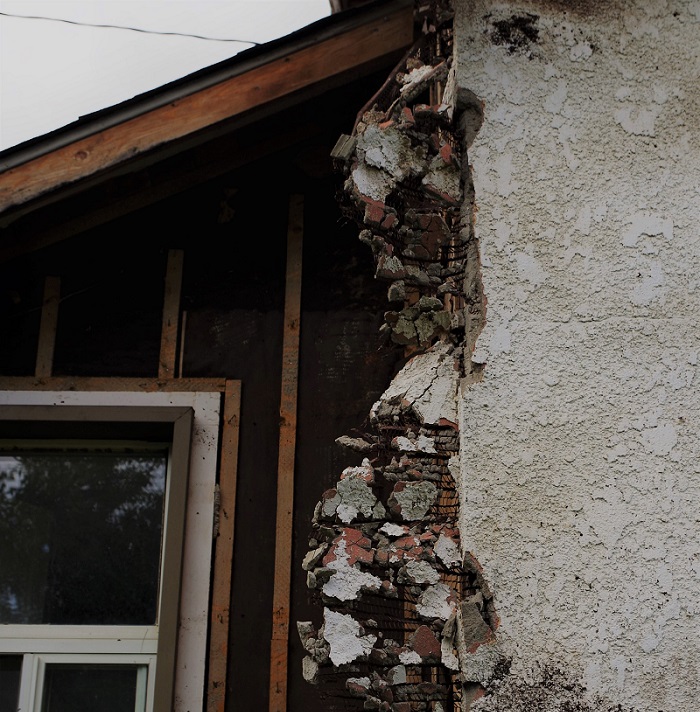What to do When You Find Asbestos in Your Home

If you are residing in Australia, you might have heard of asbestos and know that it is not a great thing to have in your home. But what exactly is asbestos and how to deal with the situation when you find asbestos in your home?
The best way to deal with asbestos is by connecting with an environmental consultant who will handle the situation in a professional manner.
Here is more about asbestos and what you should do if you suspect the presence of asbestos in your home.
What is Asbestos?
Asbestos is a combination of six naturally occurring fibrous minerals. Known for its strength and heat resistance, asbestos became extremely popular as a building material for houses. Because of its heat-resistant nature, it made great insulation, and because it’s a strong material it was added to asphalt, concrete, joint compounds, and adhesives.
In the late 1970s, it was found that asbestos could pose a serious threat to your health. And after that, the production and use of asbestos were banned.
Where is Asbestos Most Commonly Found?
Asbestos was a common use in buildings built before the 1970s. So, if you are living in a house built around the 1940s to 1970s, there’s a high chance that you’ll find asbestos in these areas of your home:
- Basement boilers and pipes
- Vinyl tile floors
- Plaster
- Ceiling tiles
- Roof shingles
Is Asbestos Hazardous?
Asbestos is only hazardous when it is disturbed. Microfibers can escape into the air and these fibers when inhaled can cause serious health issues.
So, if you detect asbestos in your home, the first thing you need to do is leave it alone and not disturb it. If the fibers are not released into the air, then the asbestos-containing materials will not likely pose any threat.
As mentioned, asbestos becomes dangerous when ‘friable,’ i.e. when it becomes brittle and prone to crumbling. For example, if your attic is older or in a poor condition, and you need to repair it, it could start releasing asbestos in the air which is harmful when inhaled.
Health Risks of Asbestos
Be it due to your profession, due to the environment, or from second-hand exposure, any asbestos inhaled can pose serious health issues often in the lungs. When asbestos-containing materials start releasing asbestos into the air, you stand at the risk of inhaling or swallowing them. Once you inhale, asbestos goes into your system and your body has trouble eliminating them. The microfibers get trapped in the lung lining, the lining of the abdominal cavity, or the heart.
Asbestos fibers trapped in your lungs can cause inflammation and damage that can potentially lead to a particular type of cancer named asbestosis, lung cancer, or mesothelioma.
Mesothelioma
It is a rare form of cancer that forms on the protective tissues covering the lungs and the abdomen. Exposure to asbestos can give rise to mesothelioma but not instantly. It can take 20 to 50 years to show the first signs of mesothelioma after exposure to asbestos.
Asbestosis
It is a chronic lung disease that happens when you inhale asbestos fibers and they scar the lung tissues. Like mesothelioma, symptoms of asbestosis also take a lot of time to develop. It can take from 10 to 40 years after exposure to asbestos.
Symptoms include shortness of breath, loss of appetite, dry cough or pain, and tightness in the chest.
Does Your House Have Asbestos?
It’s hard to know for certain if your home contains asbestos, but there is a high chance of finding asbestos in building materials if it was built between the 1940s and 1970s. The first signs to look for asbestos include:
Uninsulated pipes with white or gray insulation remnants on the fittings.
Flooring tiles in 9-inch square patterns, which was a common tile size when asbestos was used in building materials.
Found Asbestos: What’s Next?
If and when you find asbestos in your home, the first thing you need to do is connect with an environmental consultant who has the expertise and experience in dealing with asbestos. Till they arrive, avoid materials with asbestos and keep yourself away from them.